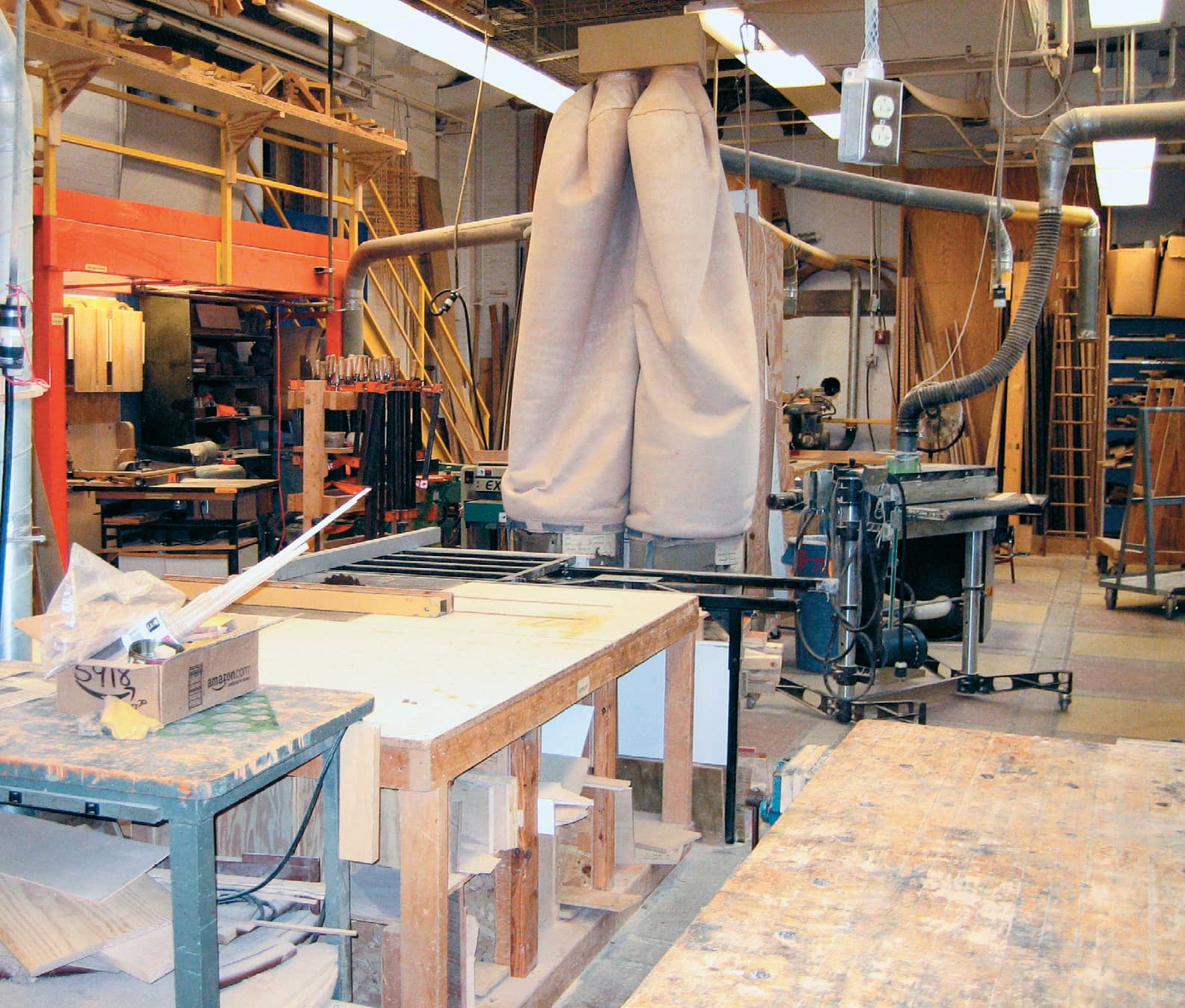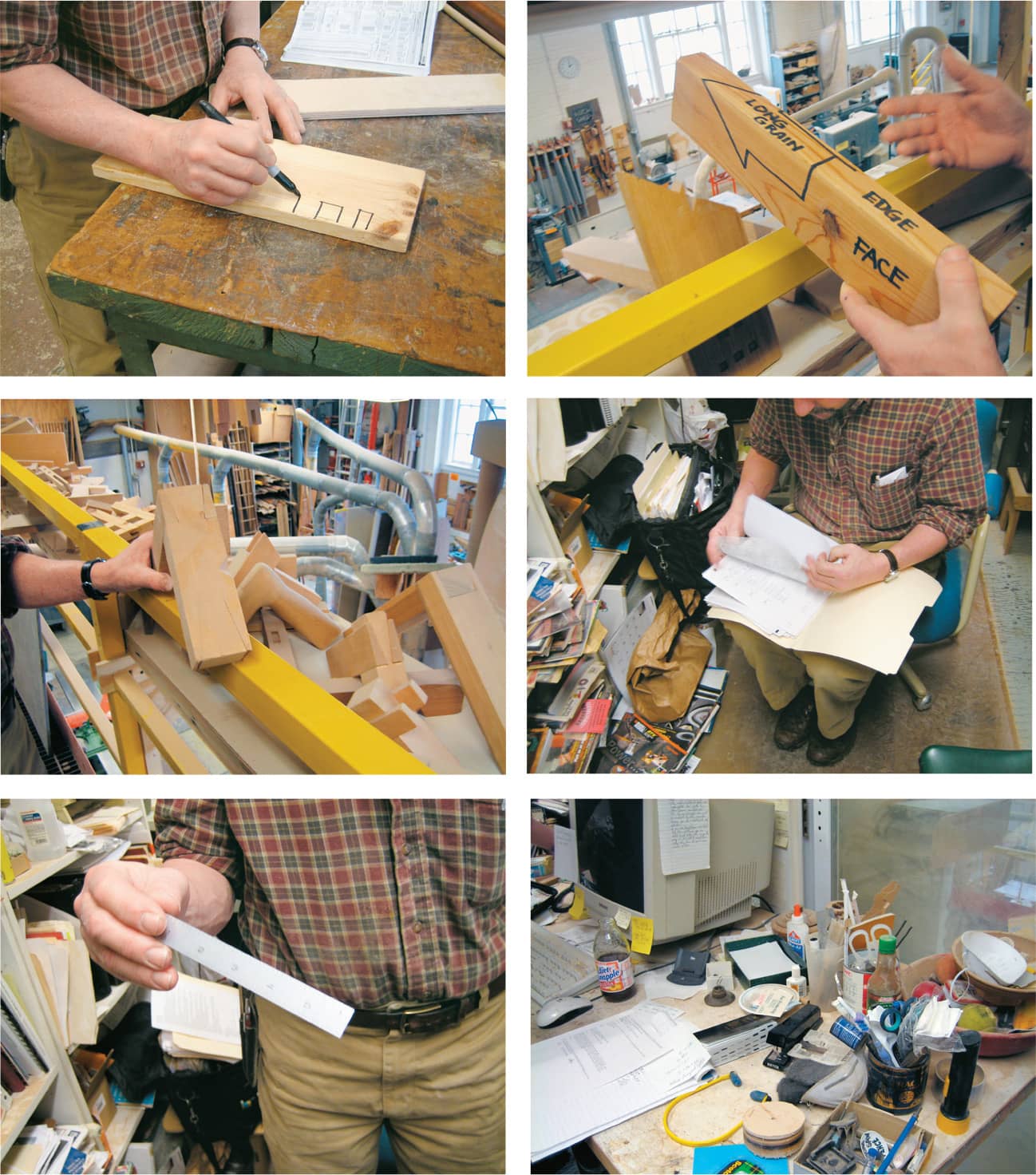RESEARCH METHOD
89 Touchstone Tours

The guided tour is designed as a conversation that uses artifacts and the environment as touchstones for questions and insights.
The touchstone tour, or guided tour, is a contextual, empathic method that efficiently immerses the designer in a participant’s world, to understand how he or she organizes information and systems through the use of space and cognitive artifacts. The participant is typically at ease in his or her own surroundings, and often enthusiastic about sharing his or her space and objects with an interested researcher. The conversation can be gently guided, but should be flexible enough to allow fluid departures based on highlights selected by the tour guide, and attentive observations by the researcher.
Touchstone tours can be of large environmental spaces, homes, or individual rooms, micro or mobile environments such as backpacks and purses, or even conducted in the digital realm, with the participant guiding the researcher through personal methods of computer desktop and file organization on electronic devices.
Touchstone tours should be thoroughly documented with video, photos, or sketches, and an accompanying transcript of the conversation. Video is ideal for capturing comprehensive and simultaneous visual and audio information, but may be labor-intensive for review and analysis. Photos provide an excellent record that can be easily sorted and annotated and sent to others for discussion and analysis. Sketches are a good method of recording when photos are not possible, and for documenting space layout or furniture arrangements. In all cases, careful notes or audio should be maintained to provide transcripts of the participant’s descriptive language.
The outcome of touchstone tours may suggest general design implications, but it is largely an exploratory method for designers to establish baseline familiarity with a territory in early phase research.
Further Reading
For a discussion of cognitive artifacts used in the organization of workplaces, see:
Norman, Donald. “A Place for Everything, and Everything in its Place.” Things That Make Us Smart: Defending Human Attributes in the Age of the Machine. New York: Basic Books, 1994: 155–168.

A touchstone tour guided by a university prototyping shop supervisor highlights specialized tools and processes used in teaching and demonstration, for a design project investigating how to help bring knowledge professionals closer to the master and apprentice relationship.
Courtesy of Max Snyder

